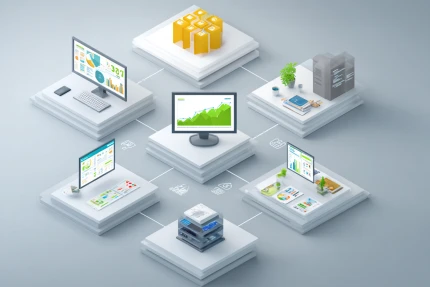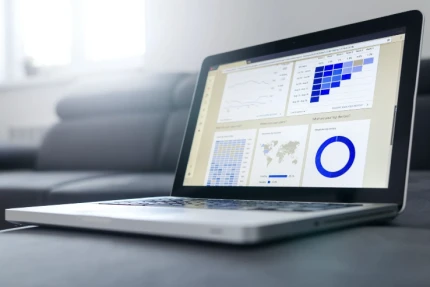
At the start of each quarter, we all want to know how much new revenue we can generate. But while critical, sales forecasting can be a complex process. 80% of companies miss their bookings forecast by at least 10%, regardless of economic environment. In this article, we will walk through a framework for sales forecasting, addressing these challenges head on.
Forecasting Requires Four Distinct Types of Meetings
Discipline is key when establishing and executing a forecasting process. This means having a formal, defined, and documented 13-week activity cadence between stakeholders and reps. Note: pipeline reviews should not be comingled with forecasting meetings. This meeting cadence should not only include a set schedule of meetings to review sales, but it should also incorporate data maintenance and cleanup, ensuring the CRM is up-to-date with the lasted information.
Analyze Pipeline Across Multiple Dimensions to Identify and Address Forecasting Risks
To maintain an accurate sales forecast, companies need to proactively identify risks and inefficiencies in their sales process at the funnel, segment, and opportunity level. When you identify which areas of your funnel are underperforming, you can then apply a deeper lens to understand which opportunity segments (Region, AE, Industry, etc.) have the greatest risk of slipping. From there, efforts can be acutely focused, ensuring problem solving resources are deployed most effectively. Finally, looking at individual opportunities can help identify the few opportunities that have the greatest chance of majorly swaying your forecast accuracy.
A Bottoms Up Approach is Needed to Counter-Balance a Top-Down Forecast
Companies usually start with top-down approach to forecasting; often looking at the current market and historical trends to identify TAM, SAM and SOM. However, this happens at a point-in-time and usually in functional siloes outside of sales. As a result, this top-down analysis must be counter-balanced with segmented lead and pipeline activity. This means that managers need to take opportunity level insights directly from the reps to level-set forecast expectations.
Discern Pulls it All Together
Discern’s Sales Intelligence technology streamlines sales forecasting with critical analytics and automation. Utilizing a combination of AI and manual forecast workflows, Discern enables companies to run dynamic forecasting without significant friction with reps. Current and historical pipeline analytics also make it easy to diagnose current risks and past challenges, empowering more accurate forecasting expectations in the future.



